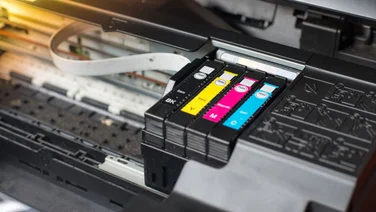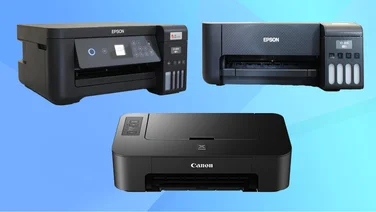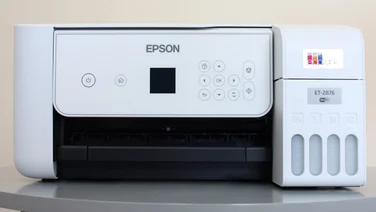To help us provide you with free impartial advice, we may earn a commission if you buy through links on our site. Learn more

Unlike most wireless MFPs, Kodak’s ESP 5250 doesn’t have to be connected to a PC to be configured. Instead, you can use the menus on its 2in screen. Once connected to the network, it’s easy to add it to new or existing Kodak driver installations on your PCs. The front of the ESP 5250 folds out into a 100-sheet paper input tray, which doubles as an output tray. Printed pages emerge from just above the input feed. This isn’t very practical for large print runs, but is no problem if you print only a few pages at a time. The scanner interface is basic but functional, with picture and document modes. In picture mode, the scanner can recognise multiple items on the platen and scan them as separate images thanks to accurate auto-cropping. After scanning, your preview isn’t retained, but the interface remains open. Scans had accurate colours and subtle shading, but some sharp edges appeared uneven, and faint vertical bands were visible, particularly on dark areas. This isn’t enough to detract from images for the web, but could be a problem if you want to archive photos or make enlargements. Copy quality was fair, if a little fuzzy. Standard-quality prints emerged at a slow 5ppm and were also fuzzy. Colour prints suffered from slight banding. Draft mode saw the rate double to 10.3ppm and produced dark, legible text, but some lines were slanted or broken. 6x4in photos cost around 29p including paper and are among the quickest we’ve seen at just over half a minute per print. Unusually, the ESP 5250 uses pigment-based inks for photo printing. A five-chambered colour cartridge comprises black, cyan, magenta and yellow inks, along with a clear overcoat. Photos had strong dark and light tones, but the overall effect was somewhat flat and grainy.
Although it doesn’t have individual ink tanks, the ESP 5250 has very reasonable print costs, particularly if you use coloured inks at an even rate. However, flat-looking photos and imperfect text make Canon’s MP640 a better choice if you value print quality.





